If you’re using commingled inventory on Amazon (also known as Amazon’s stickerless inventory system), there’s a hidden VAT trap you might not know about.
Commingling VAT happens when Amazon mixes your inventory with other sellers’ inventory in their warehouse. This is called the “Fulfilled by Amazon” (FBA) commingled inventory system.
This can trigger VAT obligations in countries you never intended to trade from, especially if you’re storing goods in multiple European fulfillment centers via FBA.
If your bookkeeping doesn’t accurately track which country the goods shipped from, you risk misreporting your VAT. That means:
- Overpaying VAT in the UK or EU
- Missing VAT filings in countries where goods were dispatched
- Fines for non-compliance under EU tax laws
The worst part? Amazon doesn’t warn you about this. Manual accounting won’t catch it unless you’re reconciling warehouse-level movements with tax rules, a nearly impossible task without automation.
This guide will walk you through what commingling VAT actually is, why it matters, and how to prevent overpaying with the right tools and practices.
Key Takeaways from this Post
Commingled inventory can trigger VAT obligations in multiple countries, even if you didn’t send stock there yourself.
Manual accounting doesn’t give you enough visibility to track VAT correctly for commingled stock, it often results in overpaying or underreporting.
Link My Books automates VAT mapping, reconciles sales per fulfillment origin, and helps you stay compliant while saving hours each month.







What Is Commingling VAT on Amazon?
Commingling VAT refers to the complex tax implications that arise when Amazon fulfills your orders using inventory stored in multiple locations, potentially mixed with identical inventory from other sellers. This is common under Amazon’s FBA Commingled Inventory program, where products are pooled and shipped from the nearest warehouse, not necessarily from the country where you originally sent your goods.
Here’s the problem: VAT rules are based on the country where goods are dispatched, not just where the sale is made. If Amazon ships your order from a fulfillment center in Germany, for example, you may have just triggered a German VAT obligation, even if your business is UK-based.
If you don’t track which country your goods were shipped from, your Amazon VAT reporting will likely be wrong. And yes, that includes over-reporting UK VAT or missing required filings in the EU under the One Stop Shop (OSS) scheme or local VAT registrations.
This is not just a paperwork issue, it can result in audits, fines, and profit leakage.
Considerations for Commingling Inventory
Before opting into Amazon’s commingled inventory system, sellers must weigh the following:
- Loss of visibility over which warehouse fulfills which order
- VAT obligations in new jurisdictions (e.g., Poland, Germany, Czech Republic) due to Amazon’s Pan-EU storage network
- Difficulty assigning correct VAT rates by transaction when the origin country is unknown
- Complications in reclaiming input VAT if shipments cross tax zones
If you’re enrolled in Amazon’s Pan-EU FBA program, you are legally required to register for VAT in every EU country where Amazon stores your goods. This applies even if you don’t make any sales there. There’s no sales threshold; storing just one unit in a country like France or Poland triggers the obligation. Amazon won’t notify you when inventory is moved, so automation and reporting are essential.
Amazon also won’t provide detailed fulfilment origin in a format compatible with manual spreadsheets or basic bookkeeping. That’s why sellers often misreport, and overpay, VAT when commingling inventory.
*Learn how to reduce Amazon FBA fees.
An Example of Commingling Amazon VAT in Action
Let’s say you’re a UK-based Amazon seller using FBA and commingled inventory.
You list a product for sale and ship your stock to a UK fulfillment center. However, Amazon also has your SKU in a German warehouse as part of Pan-EU FBA.
A German customer places an order, and Amazon fulfills it using the German-held inventory, not the UK stock you originally supplied.
In this case:
- The dispatch origin is Germany, not the UK
- German VAT rules apply to the transaction
- If you're not registered for German VAT or using OSS correctly, you're non-compliant
- If you report this as a UK sale, you’ll overpay UK VAT (20%) instead of applying the correct German rate (usually 19%)
Multiply that across hundreds of cross-border orders, and the VAT error can be thousands of pounds, especially if you're still using spreadsheets or generic accounting software.
What Are the Key Challenges of Commingling VAT for Amazon Sellers?

Commingled inventory may save time and improve shipping efficiency, but it creates serious complications for VAT reporting. These challenges often go unnoticed — until it’s too late.
1. Cross-Border VAT Complexity
Amazon’s fulfillment network spans across Europe. If you’re enrolled in Pan-EU FBA, your products can be shipped from any of Amazon’s European warehouses. This means:
- You could be liable for VAT in multiple countries (e.g., Germany, Poland, France) even if you never directly shipped stock there.
- You may need to register for local VAT numbers or enrol in the EU One Stop Shop (OSS) to stay compliant.
Without the right data, you may report UK VAT for EU sales, resulting in overpayment, or worse, compliance violations.
2. Inaccurate Financial Reporting
If your system isn’t capturing the true origin of the shipment, you can’t accurately:
- Split sales based on country of dispatch
- Apply the correct VAT rate (standard, reduced, or zero-rated)
- Match the tax treatment to the customer’s country
That leads to misstatements in your financials and overstated liabilities or underpaid taxes, even with accounting software, and this can trigger penalties.
3. Manual Bookkeeping Burden
Most sellers try to fix these gaps with spreadsheets or by manually reviewing Amazon reports. But commingling adds layers of complexity:
- You’d need to track FNSKU movement across warehouses
- Monitor sales per warehouse origin
- Reconcile each transaction to ensure the proper tax is applied
- And know how to handle your Amazon 1099-K Form
Amazon does provide the dispatch country and commingling data through its VAT Transactions Report and Commingling VAT Calculation documents.
However, these reports are raw, complex, and unaggregated. To stay compliant, you’d need to manually filter and reconcile hundreds of line items monthly, including commingling entries labelled “Commingling Sale” or “Commingling Purchase,” along with fulfilment centre IDS per transaction.
It’s not realistic to do this accurately at scale without an automated system.
4. Risk of Non-Compliance
If Amazon fulfills an order from an EU warehouse and you don’t account for it properly, you could be in breach of local tax laws. In countries like Germany and France, this can lead to:
- Backdated VAT assessments
- Interest on unpaid taxes
- Penalties or suspension from Amazon’s marketplace
In short, if you’re using Amazon’s commingled inventory and not actively managing VAT, you’re likely either overpaying or underreporting.
How Link My Books Can Help You with Your Amazon VAT
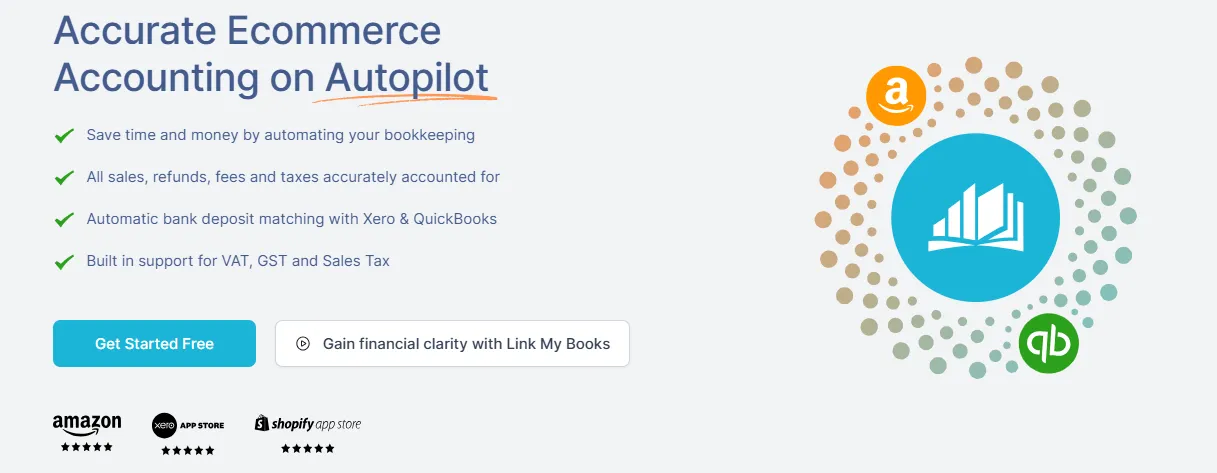
When you're selling via FBA with commingled inventory, accurate VAT handling is nearly impossible without automation. That’s exactly where Link My Books comes in.
As the only UK-focused Amazon accounting tool designed for VAT compliance, LMB connects your Amazon Seller Central account directly to Xero or QuickBooks and automatically applies the correct VAT treatment to every transaction, based on:
- Country of dispatch
- Customer location
- Product VAT category (standard, reduced, or zero-rated)
- Whether Amazon or the seller is the VAT collector
Here’s how it works:
Real-Time Import of Amazon Data

Link My Books pulls in every Amazon transaction in real time, including sales, refunds, fees, and taxes. This includes fulfillment and dispatch information that manual reports often miss.
Country-Level VAT Mapping

Using Amazon’s warehouse data, LMB detects where each order was dispatched from and applies the correct local VAT. For example:
- UK sale fulfilled from Germany? ✅ German VAT applied (19%)
- France sale fulfilled from Poland? ✅ Polish VAT applied (23%)
- OSS registration enabled? ✅ Consolidated reporting for EU VAT compliance
Product Grouping by VAT Rate

You can group your products into standard, reduced, or zero-rated categories in Link My Books, and the tool will automatically apply the right tax rate across all orders, even if fulfillment happens across borderseBay Sales Report Expla….
One-Click Reconciliation

All this data flows into your accounting software in clean, categorized summaries that match your Amazon payouts to the penny. No more guesswork, copy-pasting, or tax miscalculations.
Find the best Amazon payment reconciliation software.
Full Audit Trail
Each entry includes an audit-ready breakdown of taxes collected, fees charged, and order details. You’ll always have backup in case of a VAT audit, whether in the UK or EU.
Link My Books automates everything, and integrates seamlessly with Xero and QuickBooks so you always know your true earnings - with zero manual work.
Start your free trial with Link My Books today! 🚀

Further Best Practices for Managing Commingling VAT
Even with the right automation tool in place, it’s smart to reinforce your VAT strategy with best practices that reduce risk and support long-term compliance.
Below are four essential habits to keep your commingled inventory VAT-compliant and your books audit-ready:
📌 Reconcile Regularly and Review Country of Dispatch
Make it a monthly habit to review your Amazon fulfillment data and check for unexpected dispatch countries, especially if you use Pan-EU or Central Europe FBA.
Why it matters:
- Amazon may begin shipping from a new country without notice.
- VAT obligations can shift instantly when this happens.
If you’re using Link My Books, this is automated, each transaction is tagged with origin info and matched to the correct VAT jurisdiction.
📌 Maintain Documentation for EU VAT Compliance
If you’re registered under the EU One Stop Shop (OSS), your records must clearly show:
- Dispatch country
- Customer country
- Applied VAT rate per transaction
Amazon’s default reports don't always make this easy. With LMB, these breakdowns are summarized in your accounting platform with audit-ready logs.
💡 According to EU law, OSS reports must be retained for at least 10 years
📌 Know When to Get Professional Help
If you're scaling across Europe, commingling stock, and managing different VAT thresholds, it's worth consulting a VAT specialist. Especially when:
- You cross the €10,000 distance selling threshold in the EU
- You sell goods stored in non-EU countries but fulfilled in the EU
- You need to register for multiple local VAT numbers
While Link My Books handles the heavy lifting, edge cases still require human oversight.
📌 Use Technology Built for E-Commerce Tax
Generic accounting tools won't cut it for cross-border inventory models. Instead, use platforms that are purpose-built for e-commerce sellers, like Link My Books, that:
- Detect warehouse origin automatically
- Categorize VAT based on both country and product type
- Reconcile payouts accurately
- Work seamlessly with Xero or QuickBooks
This kind of end-to-end automation protects your business from costly errors and makes scaling across borders far easier.
📌Track and Report Intra-EU Stock Transfers
If Amazon moves your inventory between warehouses in different EU countries, for example, from Germany to France, you must report this as a taxable stock movement.
- It counts as an intra-community dispatch in the origin country and an acquisition in the destination.
- These movements must be included in your VAT returns, even if no sale took place.
FAQ on Commingling Amazon VAT
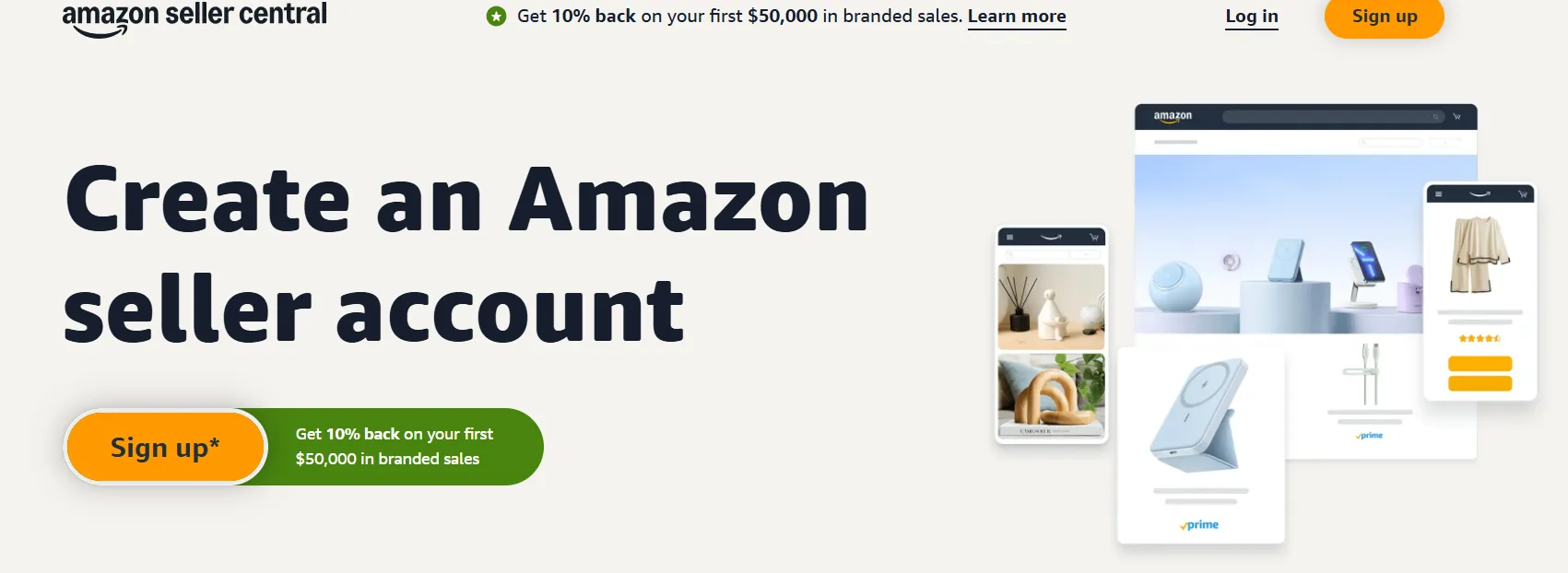
Do Commingling Transactions (Sale/Buy) Affect Profit/Loss?
Yes. Commingled inventory affects your profit and loss in two key ways:
- VAT Treatment: If VAT is incorrectly applied (e.g., reporting a German sale as UK), you may either overpay VAT or understate liabilities, skewing your margins.
- COGS Tracking: Since Amazon pools identical products, the item shipped may not be the one you originally sourced. This complicates cost of goods sold (COGS) accounting unless you're using automated COGS tracking, like the one built into Link My Books.
So while commingling simplifies logistics, it requires tighter financial controls to maintain accurate profitability data.
Is VAT Charged on All Amazon Sales in the UK?
Not always.
- If you are UK VAT-registered, and the sale is domestic, you must charge the appropriate VAT (usually 20% for standard goods).
- If you’re selling to EU countries under OSS, VAT must be charged at the buyer’s local rate.
- If Amazon is the Marketplace Facilitator, it may collect and remit VAT on your behalf, especially for low-value imports or sales to certain jurisdictions.
To determine who’s responsible for VAT (you or Amazon), you need to check:
- Order value
- Destination country
- Whether Amazon issued a VAT invoice on your behalf
If you’re a non-EU seller (e.g., UK-based), Amazon may collect and remit VAT on some cross-border EU sales under marketplace facilitator rules. However, this does not apply to sales where goods are stored locally in an EU country. In those cases, you still need local VAT registrations and must file returns in those countries.
Tools like Link My Books identify this for every transaction automatically.
How Does Commingling Affect My VAT Obligations?
Even though commingling swaps are VAT-neutral (equal value in and out), they are still considered taxable transactions and must be reported on your VAT returns in both countries involved.
For example, if Amazon ships your customer’s order from a warehouse in France, and you’re in the UK, Amazon may internally treat this as:
- a commingling sale from you to Amazon in the UK
- a commingling purchase by you from Amazon in France
You’re required to declare these in both locations, otherwise, you risk underreporting VAT where the fulfilment occurred.
Commingled inventory can:
- Trigger VAT registration requirements in multiple countries (if goods are stored there)
- Complicate reporting under OSS, since sales must be broken down by dispatch country
- Lead to incorrect filings if your reports don’t show where each sale was shipped from
This is why sellers using commingling and Pan-EU FBA need either:
- Local VAT registrations in all countries where inventory is stored, or
- Proper OSS registration and record-keeping
It’s important to note that OSS only applies to cross-border B2C sales within the EU. Any domestic sale, such as a product shipped from Amazon’s German warehouse to a customer in Germany, must be declared on your German VAT return, not through OSS.
Without automation, it’s nearly impossible to track this manually.
Can I Manage VAT Manually for Commingled Inventory?
Technically, yes, but realistically, no.
Manual management means:
- Extracting raw data from Amazon’s FBA reports
- Determining the origin warehouse per transaction
- Assigning the correct VAT rate manually per order
- Logging and reconciling this across multiple tax jurisdictions
This might be feasible for a handful of monthly orders, but at scale it leads to:
- Errors
- Missed filings
- Overpaid VAT
- Lost time
Link My Books automates this entire process, reducing VAT errors and reconciling payouts per country, per product, and per tax rule, all within your accounting software.
Key Takeaways for Commingling Amazon VAT
Commingled inventory simplifies logistics but it complicates your VAT obligations.
If you’re using Amazon’s FBA network and your stock is shipping from different countries, you’re likely at risk of:
- Overpaying VAT (reporting UK VAT for EU sales)
- Triggering unexpected foreign VAT obligations without registering
- Non-compliance with OSS or local VAT rules
You’ve now seen the core issues: commingling creates uncertainty around the country of dispatch, which is what VAT is based on, not where your customer is located. Amazon doesn’t give you this data in a clean format, and spreadsheets won’t cut it if you're handling more than a few orders per week.
That’s where automation becomes essential.
Link My Books ensures every transaction is:
- Tagged with the correct country of dispatch
- Mapped to the right VAT treatment
- Grouped for reporting (standard, reduced, zero-rated)
- Reconciled and synced into your accounting system (Xero or QuickBooks)
If you're still managing commingled inventory manually, you're burning time and probably bleeding margin.
Streamline Your Amazon Accounting Automatically with Link My Books

📊 Automate VAT mapping.
✅ Get compliant with OSS and multi-country sales.
🧾 Reconcile payouts without touching a spreadsheet.
💡 See your true profits with clean COGS tracking.
Start your free trial of Link My Books - no credit card needed. 👉 Try Link My Books Free
It only takes 15 minutes to connect and configure, and it could save you thousands in VAT overpayments.











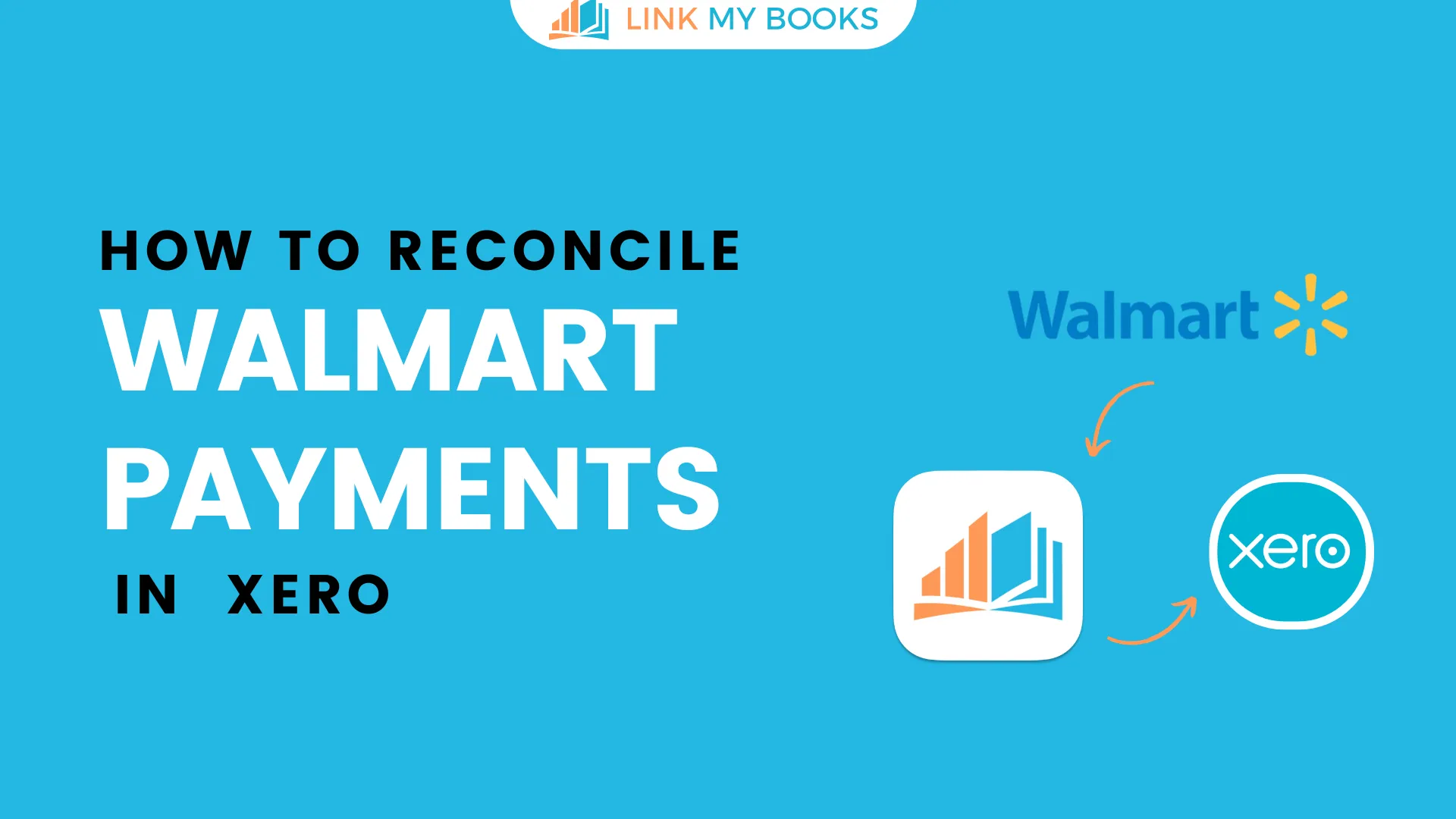
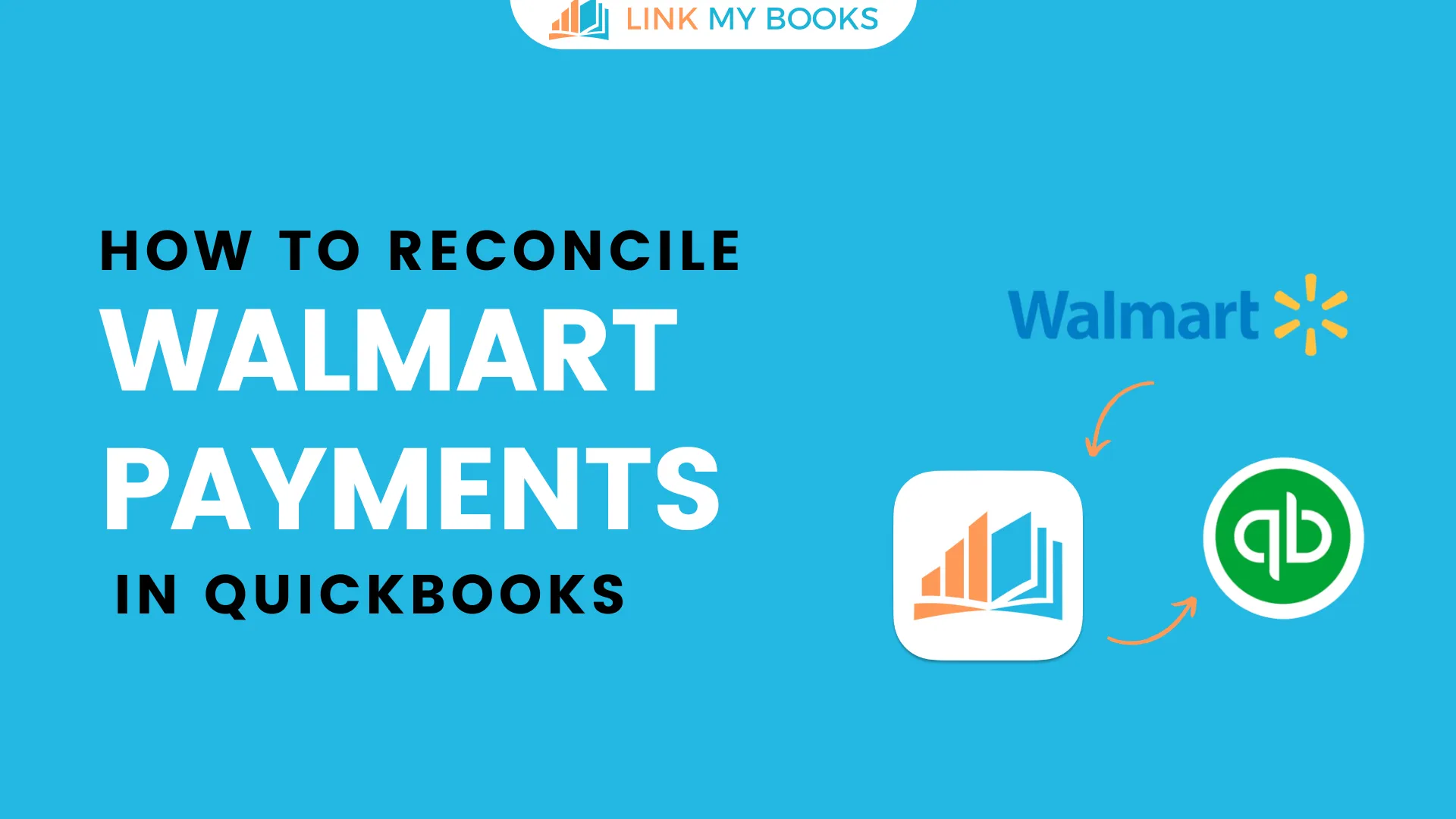
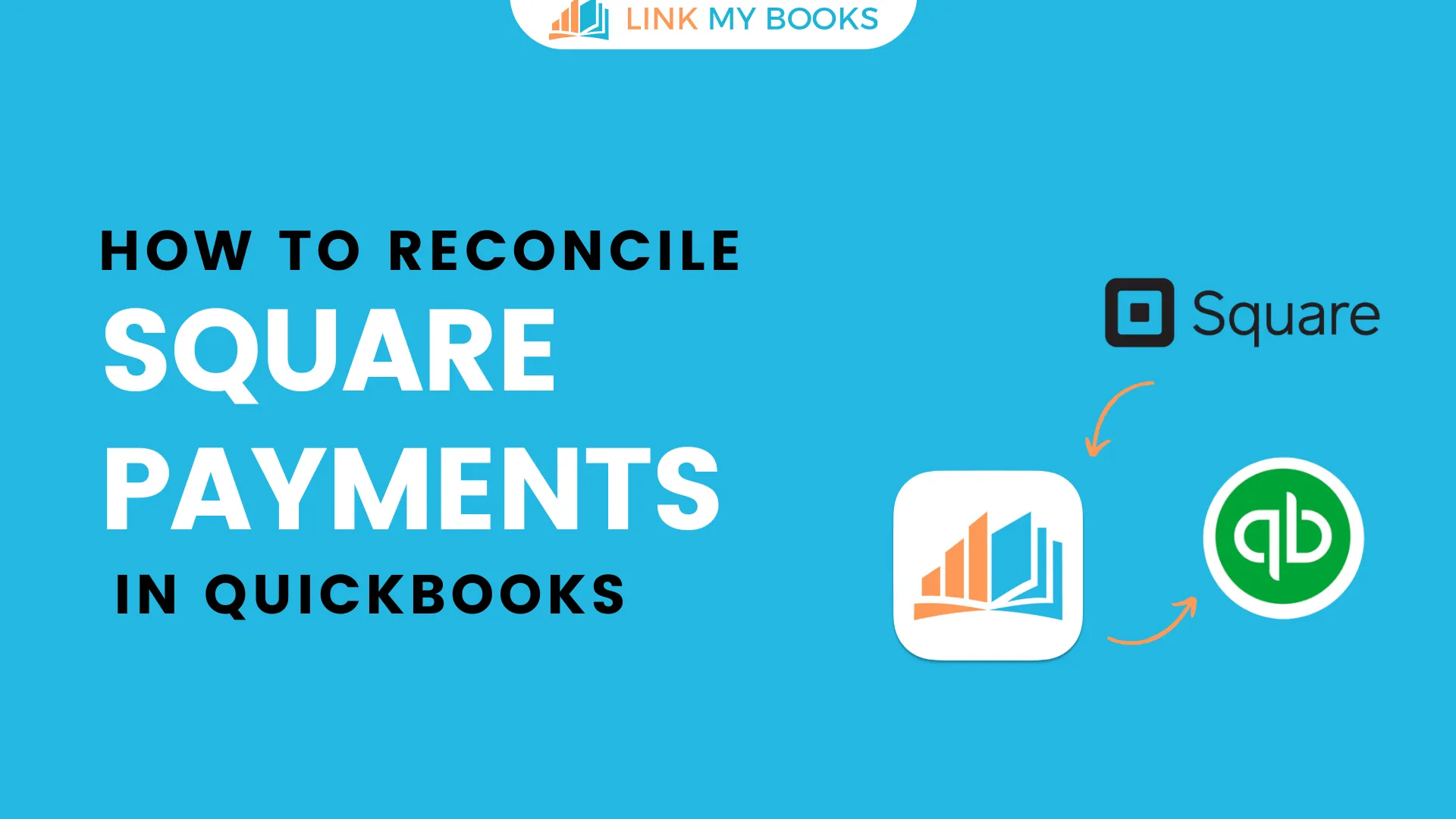
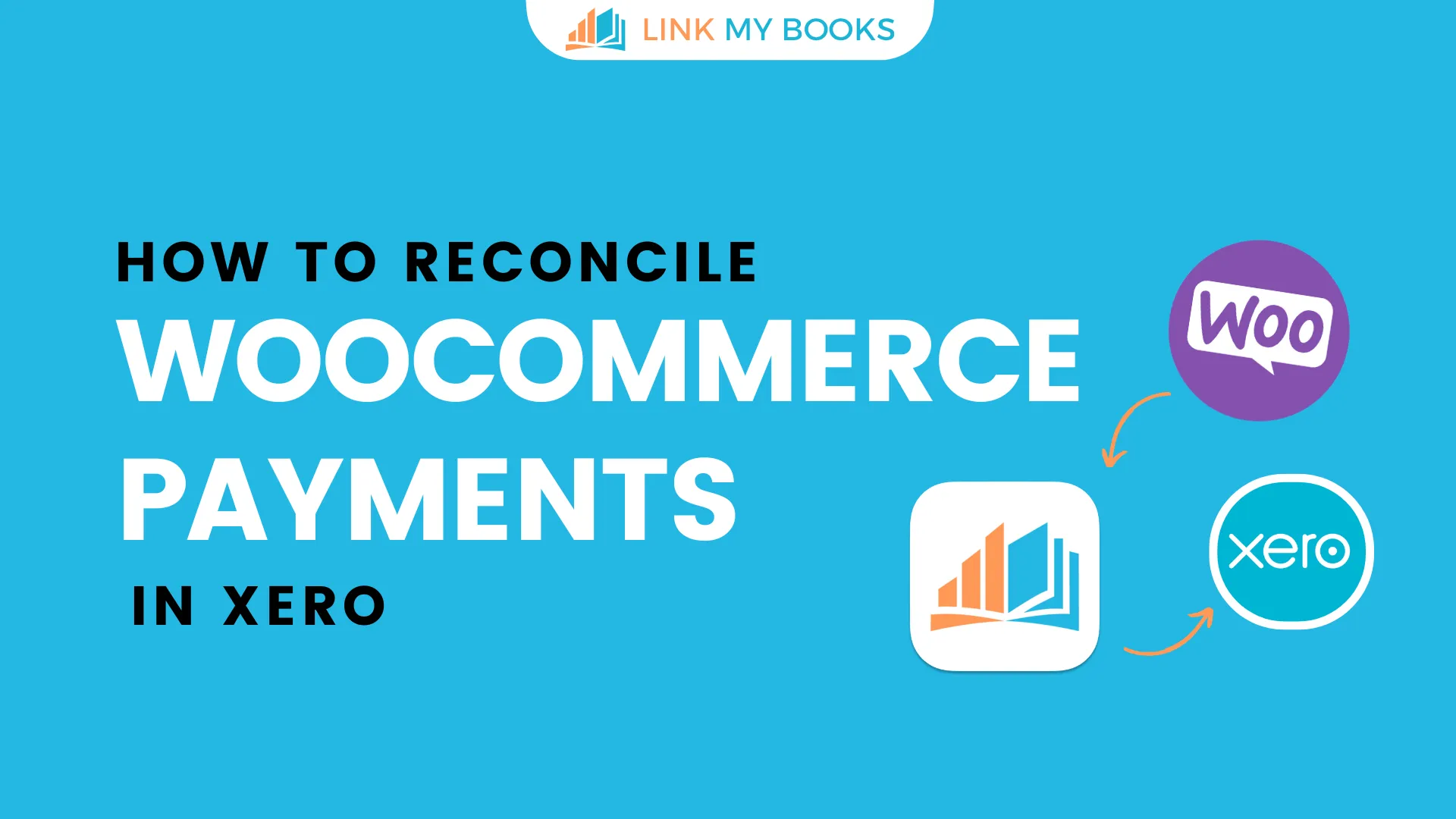
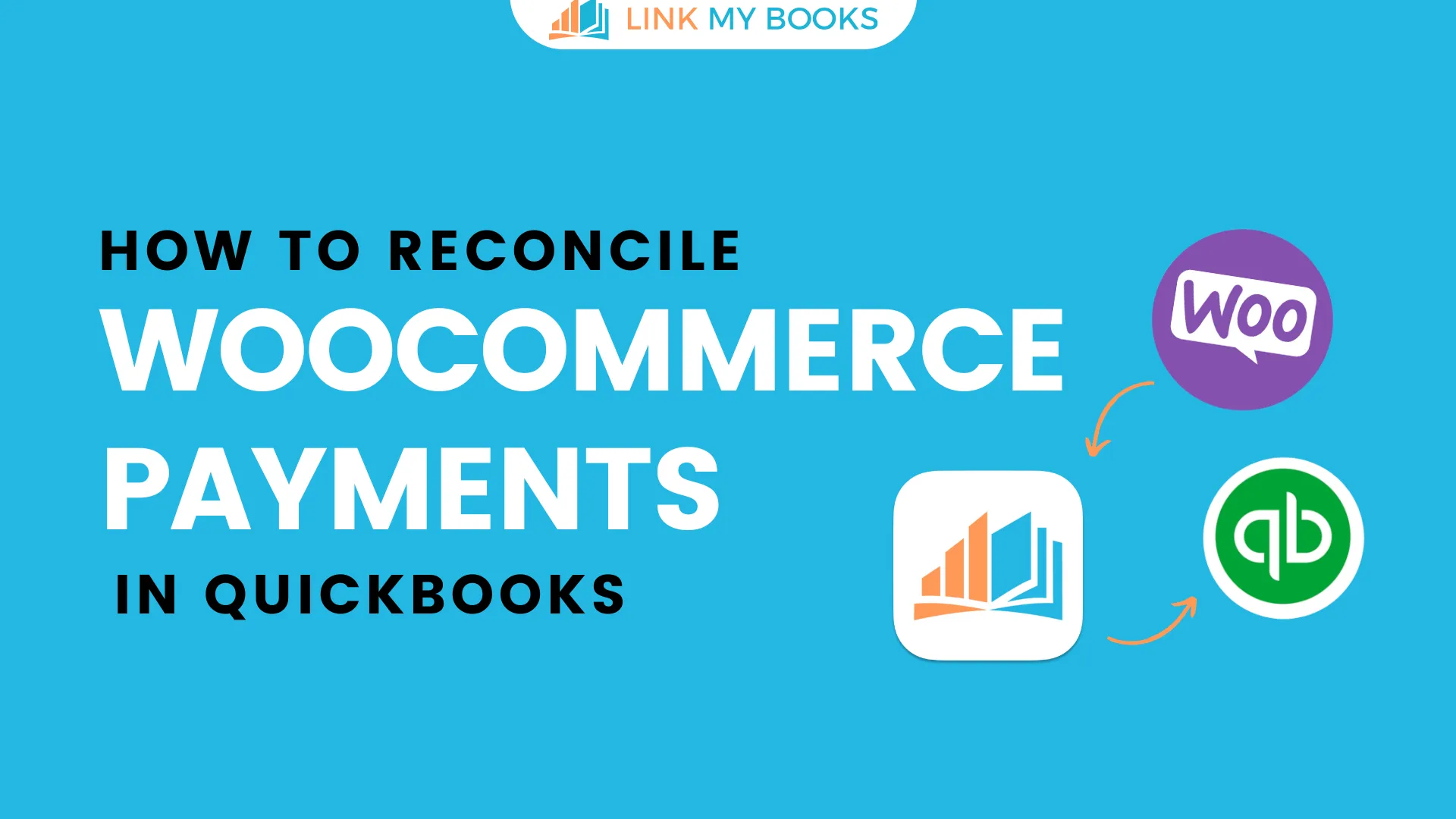
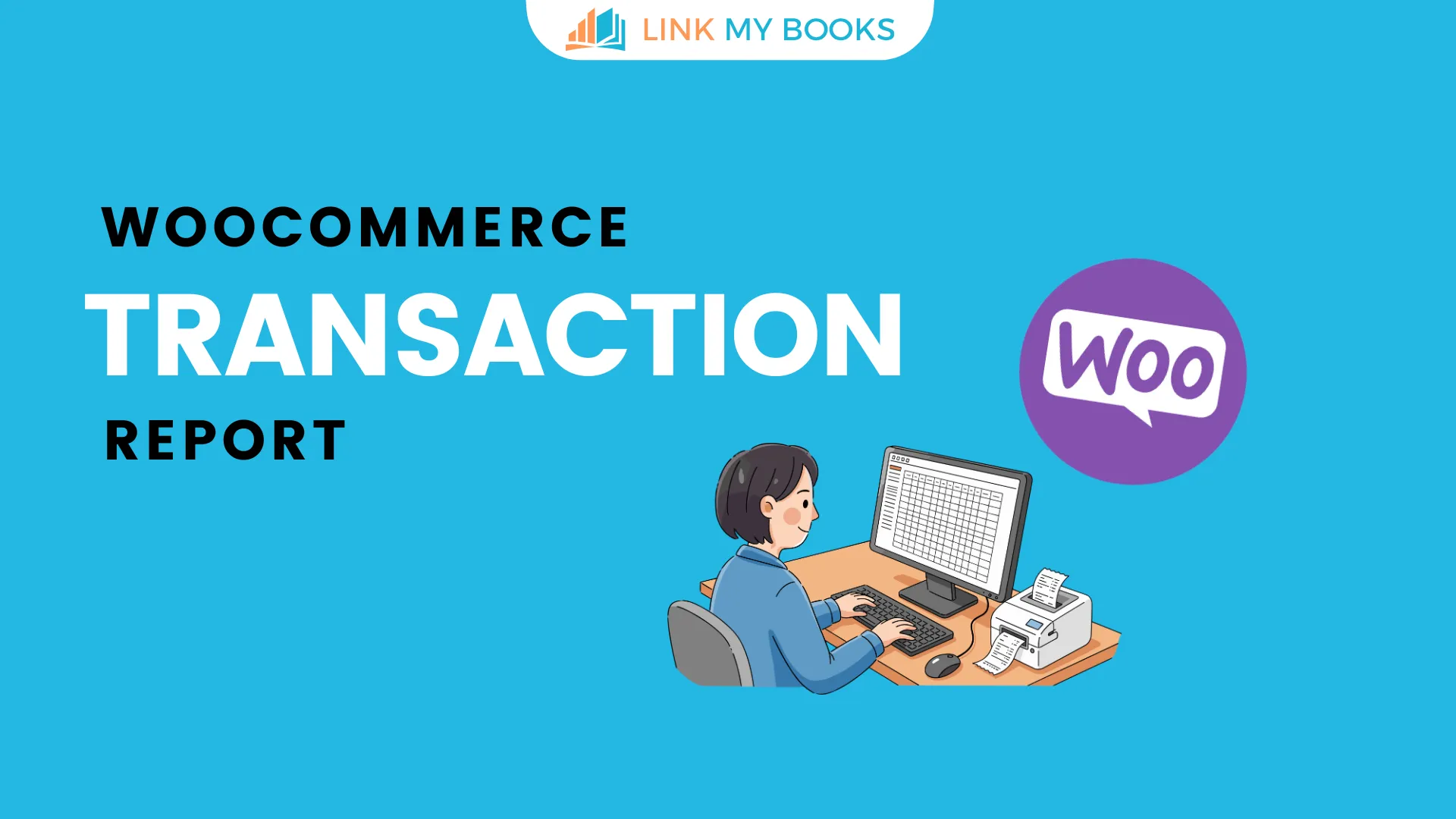


.png)